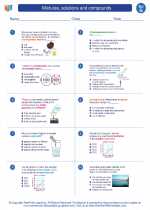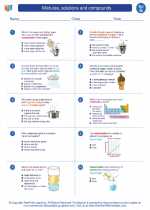Animalia
The kingdom Animalia, also known as Metazoa, comprises all multicellular, eukaryotic organisms that are heterotrophic, meaning they obtain their food by consuming other organisms. Animals are incredibly diverse, with over 1.5 million species identified and many more yet to be discovered and classified.
Characteristics of Animals
- 1. Eukaryotic cells
- 2. Lack cell walls
- 3. Multicellular organization
- 4. Heterotrophic nutrition
- 5. Most have the ability to move
Classifying Animals
Animals are classified into various phyla based on their characteristics and evolutionary relationships. Some of the major phyla include:
- 1. Porifera (sponges)
- 2. Cnidaria (jellyfish, corals)
- 3. Platyhelminthes (flatworms)
- 4. Annelida (segmented worms)
- 5. Mollusca (snails, clams, octopuses)
- 6. Arthropoda (insects, spiders, crustaceans)
- 7. Echinodermata (starfish, sea urchins)
- 8. Chordata (vertebrates and non-vertebrates)
Importance of Animals
Animals play crucial roles in various ecosystems and are important for the balance of nature. They contribute to pollination, seed dispersal, nutrient cycling, and are a source of food and companionship for humans.
Study Tips
To effectively study the kingdom Animalia, consider the following tips:
- 1. Understand the characteristics that define animals and how they differ from other kingdoms, such as Plantae and Fungi.
- 2. Learn the key features of major animal phyla and be able to differentiate between them.
- 3. Use visual aids such as diagrams, charts, and videos to understand animal anatomy and diversity.
- 4. Practice classifying animals into different phyla based on given characteristics.
- 5. Explore the ecological and economic importance of animals in various ecosystems.





